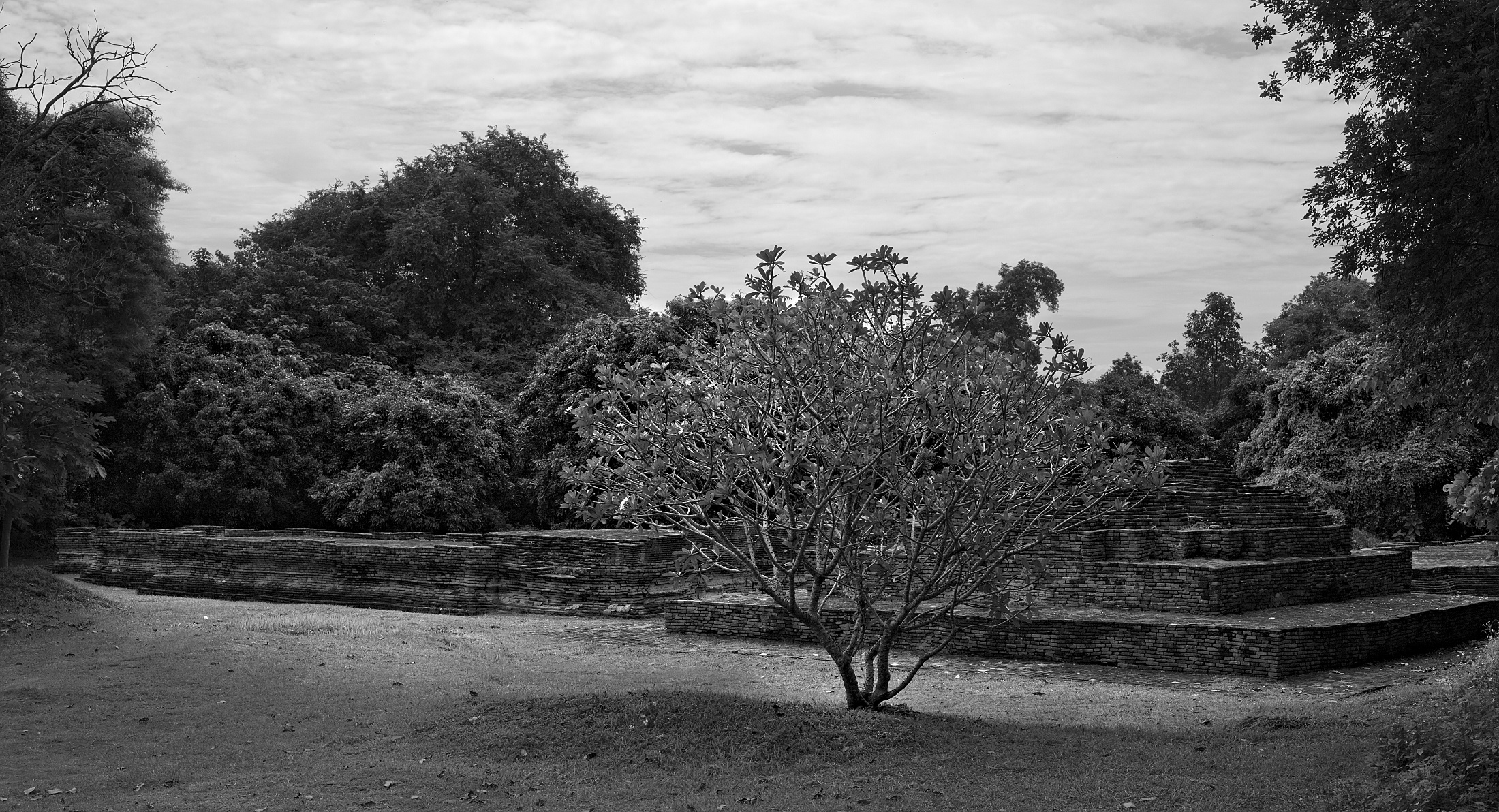|
Wat Phrachao Ong Dam
Wat Phrachao Ong Dam ( th, วัดพระเจ้าองค์ดำ; "Temple of the Black-Bodied Lord") is a ruined temple that is part of the Wiang Kum Kam archaeological site which is located just outside the northern Thai city of Chiang Mai in Chiang Mai province. The ruined temple is named after a burnt bronze Buddha image that was discovered there. It is located very close to the north-western side of Wat Phaya Mangrai, another ruined temple located in the area. See also * Wat Phaya Mangrai *Wiang Kum Kam Wiang Kum Kam ( th, เวียงกุมกาม; nod, ᩅ᩠ᨿᨦᨠᩩᨾᨠᩣ᩠ᨾ) is an historic settlement and archaeological site along the Ping River, which was built by King Mangrai the Great as his capital before he moved it to C ... References * Oliver Hargreave: ''Exploring Chiang Mai, City, Valley & Mountains''. Within Books, 4th Edition, 2013. Phrachao Ong Dam History of Chiang Mai {{Thailand-struct-stub ... [...More Info...] [...Related Items...] OR: [Wikipedia] [Google] [Baidu] |
Wiang Kum Kam - Wat Phrachao Ong Dam DSCN4560a
''Wiang'' is a Tai word for "fortified settlement" or "walled town, city" of Austroasiatic origin, from Proto-Austroasiatic ''*wa(a)ŋ''.Shorto, H. A Mon-Khmer Comparative Dictionary, Ed. Paul Sidwell, 2006. Entry 767. p. 233 This toponymic element forms part of the names of certain ancient inhabited places located in an area stretching across Northern Thailand and Laos: * Wiang Chan, Vientiane ( lo, ວຽງຈັນ, ''Viang chan''), the capital of Laos * Wiang, Fang, Chiang Mai Province, Thailand *Wiang Kaen, Chiang Rai Province, Thailand *Wiang, Phrao, Chiang Mai Province, Thailand * Wiang, Mueang Chiang Rai, Chiang Rai Province, Thailand *Wiang, Chiang Khong, Chiang Rai Province, Thailand * Wiang, Thoeng, Chiang Rai Province, Thailand * Wiang, Chiang Saen, Chiang Rai Province, Thailand *Wiang Pa Pao District, Chiang Rai Province, Thailand ** Wiang, Wiang Pa Pao ** Wiang Kalong * Wiang, Phayao, Phayao Province, Thailand * Wiang Nuea, Mueang Lampang **Wiang Nuea Subdistrict, La ... [...More Info...] [...Related Items...] OR: [Wikipedia] [Google] [Baidu] |
Wiang Kum Kam
Wiang Kum Kam ( th, เวียงกุมกาม; nod, ᩅ᩠ᨿᨦᨠᩩᨾᨠᩣ᩠ᨾ) is an historic settlement and archaeological site along the Ping River, which was built by King Mangrai the Great as his capital before he moved it to Chiang Mai. It was flooded and abandoned more than 700 years ago; that move became more understandable in 2005, when the ancient city was flooded three separate times as the river overflowed its banks in that area of Chiang Mai. History Wiang Kum Kam is an ancient city ( th, เวียง ''wiang'' "walled city") located in Saraphi District in the northern region of Thailand, around south of the southeastern corner of Chiang Mai's city centre. According to the chronicles and archaeological evidence, the old city was built by King Mangrai around the latter part of the 13th century. The city was established as a new capital by the King after his victory over the Mon people's kingdom of Hariphunchai, modern Lamphun. Due to repeated floodin ... [...More Info...] [...Related Items...] OR: [Wikipedia] [Google] [Baidu] |
Wat Phaya Mangrai
Wat Phaya Mangrai ( th, วัดพญามังราย; "Temple of King Mangrai") is a ruined temple located within the Wiang Kum Kam archaeological site, very close to the south-eastern side of Wat Phrachao Ong Dam. It is named after the historic figure Mangrai the Great Mangrai ( nod, ; th, มังราย; 1238–1311), also known as Mengrai ( th, เม็งราย),The name according to historical sources is "Mangrai", and this is used in most modern scholarly applications. "Mengrai", popularised by a 19 .... References * Oliver Hargreave: ''Exploring Chiang Mai, City, Valley & Mountains''. Within Books, 4th Edition, 2013. Phaya Mangrai History of Chiang Mai {{Thailand-struct-stub ... [...More Info...] [...Related Items...] OR: [Wikipedia] [Google] [Baidu] |
Buddhist Temples In Chiang Mai Province
Buddhism ( , ), also known as Buddha Dharma and Dharmavinaya (), is an Indian religions, Indian religion or Indian philosophy#Buddhist philosophy, philosophical tradition based on Pre-sectarian Buddhism, teachings attributed to the Buddha. It originated in History of India, northern India as a -movement in the 5th century BCE, and Silk Road transmission of Buddhism, gradually spread throughout much of Asia via the Silk Road. It is the Major religious groups, world's fourth-largest religion, with over 520 million followers (Buddhists) who comprise seven percent of the global population. The Buddha taught the Middle Way, a path of spiritual development that avoids both extreme asceticism and hedonism. It aims at liberation from clinging and craving to things which are impermanent (), incapable of satisfying ('), and without a lasting essence (), ending the cycle of death and rebirth (). A summary of this path is expressed in the Noble Eightfold Path, a Bhavana, training of t ... [...More Info...] [...Related Items...] OR: [Wikipedia] [Google] [Baidu] |


